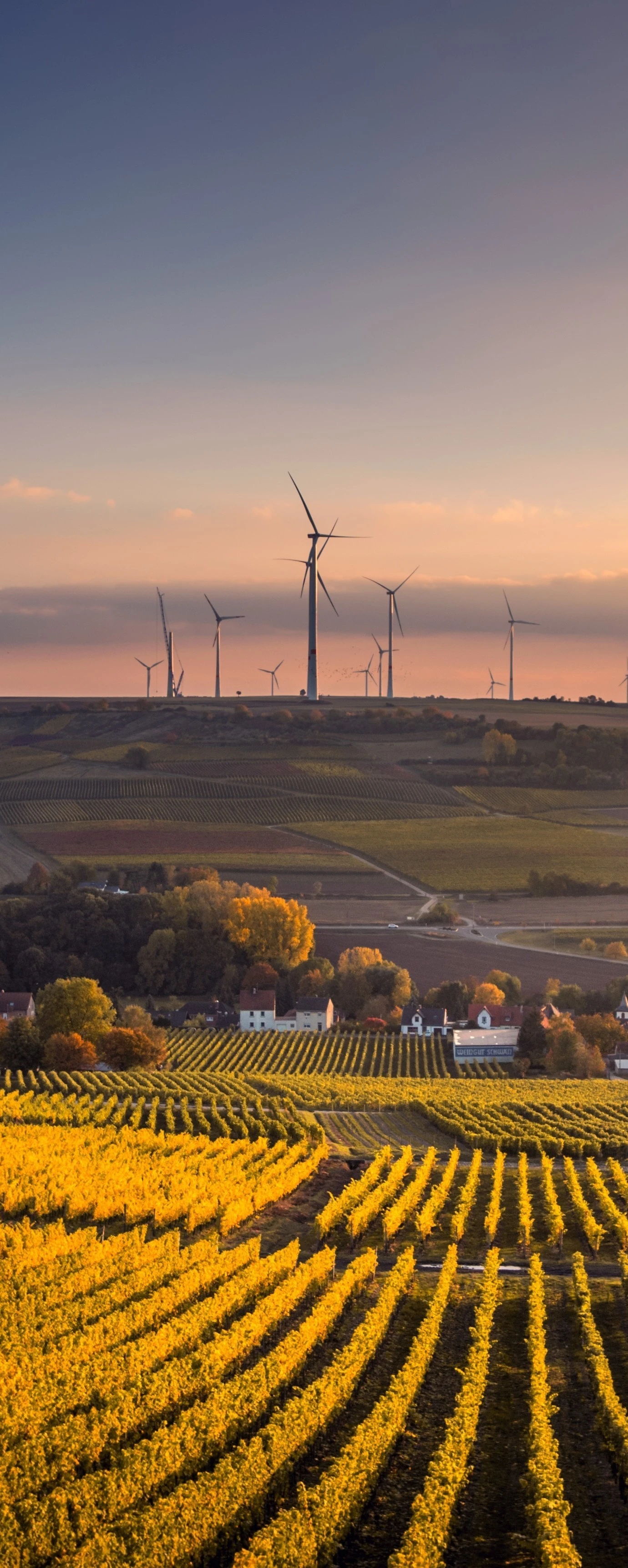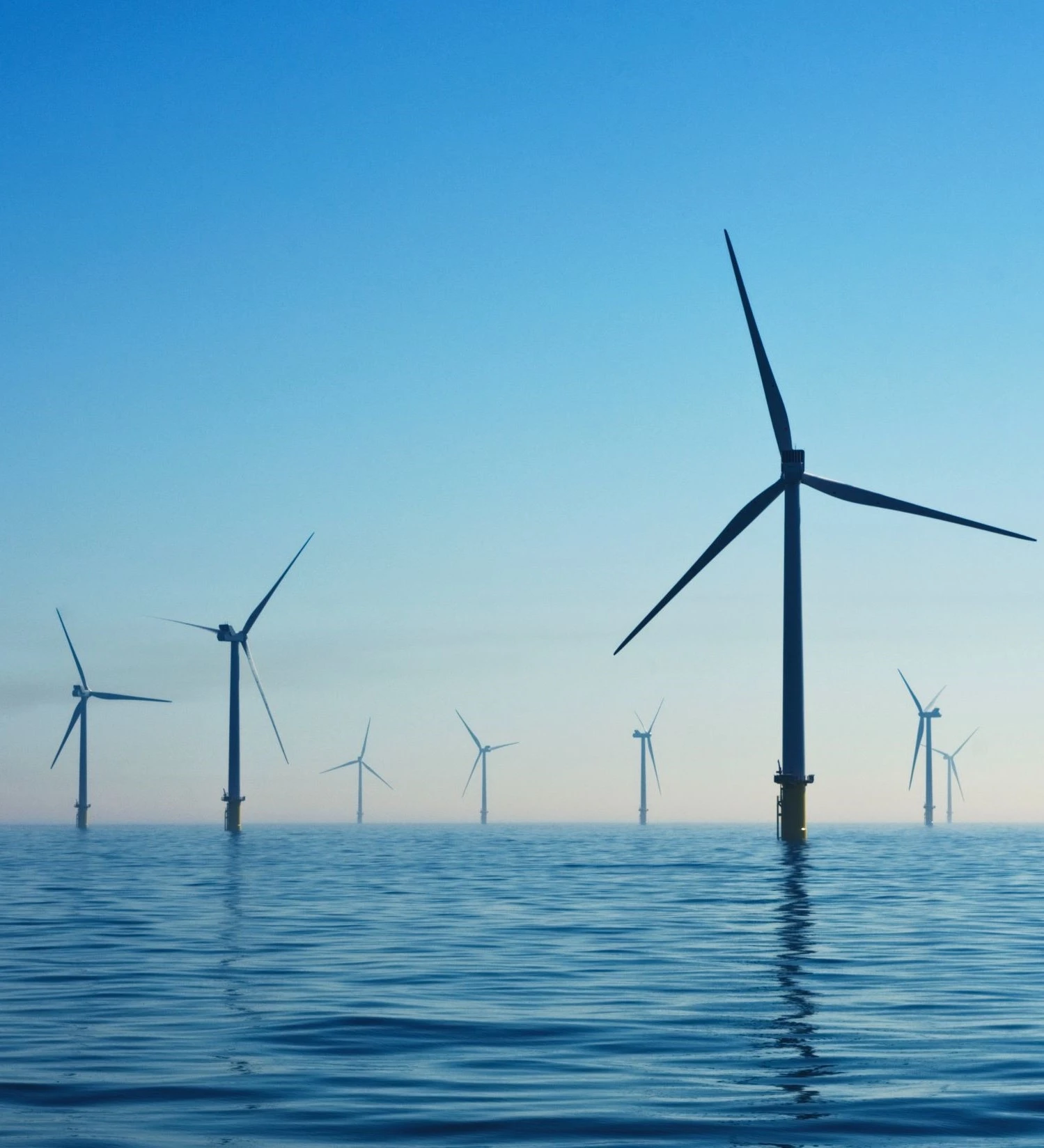My cart

Applications in Renewable Energy and Beyond
Long-term time series data are required for wind energy, and hybrid renewables modeling applications, including:
- Wind energy, battery state-of-charge, and electrolyzer utilization for green hydrogen modeling, pre-construction and post-construction analysis
- Time series modeling at small time intervals of wind and/or solar energy production, and the losses associated with the production that are dependent on weather conditions, including for battery sizing, augmentation planning, and degradation calculations
- Likewise, worst-case scenario resource, energy, and revenue modeling and de-risking revenue projections while assessing imposed penalties on a time series basis for realistic conditions spanning a broad range of possible years
- Simulated high-wind hysteresis, temperature curtailment, and other curtailment applications in wind energy
- Analysis of atmospheric stability where no such observations have previously been taken, to improve wake loss modeling, and for time series wake loss modeling
- Hybrid project optimization and assessment of co-varying energy production on varied timescales relevant to the energy trading interval
- Loading calculations at given heights above ground for long project lifetime, or project lifetime extension analysis
- Wind gusts and weather event frequency and magnitude, including rain, hail, icing, snowfall, extreme maximum or minimum temperatures, humidity thresholds, albedo, inflow angles
- Long-term timeseries bias-corrected or “MOS” (model output statistics) adjusted to short- term on-site measured timeseries from radiometers, solar met stations, wind met stations, etc., to reconstruct more realistic long-term time series.
- Measure-correlate-predict sub-par correlation (R 2 ) improvement (a common wind and solar energy application); typical improvements over other sources are 0.03-0.15
Other applications include:
- Climate Studies: Climatologists and researchers use long-term wind time series to study climate patterns, understand atmospheric dynamics, and assess the impact of climate change on wind conditions.
- Building Design: Architects and engineers incorporate long-term wind data into the design of structures to ensure their stability and minimize the impact of wind-induced loads.
- Environmental Studies: Long-term wind time series data is used to study air pollution dispersion, atmospheric transport, and the impact of wind on ecosystems.
- Forensic Weather Studies: It is often necessary to understand detailed atmospheric conditions for a specific point to forensically evaluate the cause of certain events that occurred during a weather event – in greater detail than can be acquired through national or international weather institutions.

